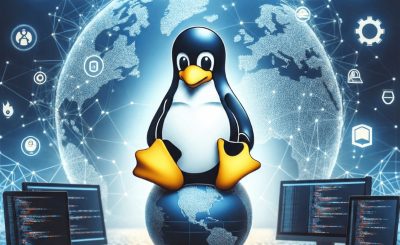Table of Contents
Introduction
In this tutorial, we’ll guide you through the straightforward process of install PHP 7.3 on CentOS 7. By default, CentOS 7 comes with PHP 5.4, but if you require PHP 7.3, it’s easily achievable using RPM packages. The initial step involves installing Remi’s Repository on CentOS. This repository serves as a valuable resource for obtaining the desired PHP version.
Follow the steps diligently to seamlessly upgrade and enhance your CentOS 7 server with PHP 7.3, unlocking improved features and performance. Stay tuned for a hassle-free installation that aligns with your development needs on CentOS 7.
Install PHP 7.3 on Centos 7
[vagrant@DevopsRoles ~]# yum --enablerepo=remi-safe -y install php73 php73-php-pear php73-php-mbstringCheck version PHP
[vagrant@DevopsRoles ~]# php73 -v
[vagrant@DevopsRoles ~]# which php73
[vagrant@DevopsRoles ~]# ll /bin/php73Load environment variables with the SCL tool
[vagrant@DevopsRoles ~]# scl enable php73 bash
[vagrant@DevopsRoles ~]# php -v Start and enable php7.3
[vagrant@DevopsRoles ~]# systemctl start php73-php-fpm
[vagrant@DevopsRoles ~]# systemctl enable php73-php-fpm
[vagrant@DevopsRoles ~]# systemctl restart httpd create phpinfo to verify php
[vagrant@DevopsRoles ~]# echo '<?php phpinfo(); ?>' > /var/www/html/info.php
[vagrant@DevopsRoles ~]# curl http://localhost/info.php | grep 'PHP Version' | tail -1 | sed -e 's/<[^>]*>//g'
Consider this option if you want to utilize PHP 7.3 for both Apache and Nginx.
[vagrant@DevopsRoles ~]# yum --enablerepo=remi-safe -y install php73-php-fpm php73-phpConclusion
Congratulations, you’ve successfully installed PHP 7.3 on CentOS/RHEL! ? Thank you for being a part of the DevopsRoles page!


1 thought on “How to Install PHP 7.3 on Centos 7”